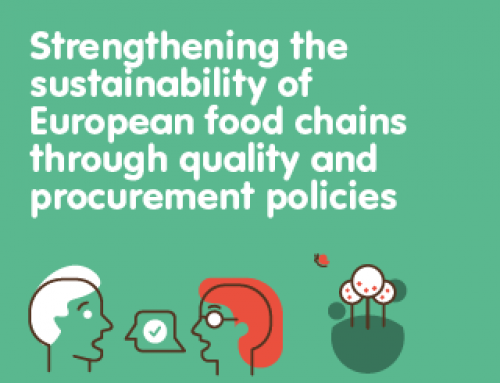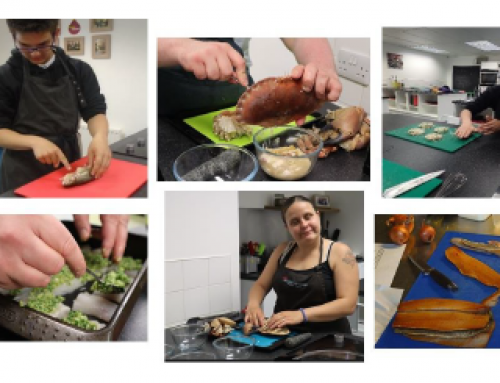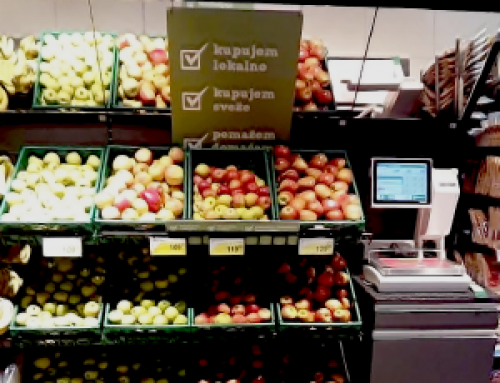Responsible Partner: WU
Authors: L. Cesaro, L. Dries, H. Luchtenbelt, S. Marongiu, J. Peerlings, L. van de Pol
Date of Publication: August 2017
This report provides various econometric investigations on the determinants of farmers’ engagement in FQS. First of all, an EU-wide analysis of PDO/PGI uptake and the determinants of this uptake across NUTS-2 level regions was performed. The analysis shows that regions that are less productive and are located in Less Favoured Areas make more use of PDO and PGI. Also, in more sparsely populated areas, more marginalized and remote areas, the use of the quality label is higher. Regions with more agricultural production also make more use of the label. The importance of food and how it is imbedded in certain countries increases the likelihood of using the quality label. In regions where small-scale farming is predominant and farmers are not much market oriented, the use of the label is low. In those regions where the label is not yet used, the number of tourists is low and the share of employment in the agricultural sector is large. The use of the label is also lower in case farmers use a large part of their production for own consumption.
Secondly, the factors that cause the increase in uptake of PDOs and PGIs over time in European NUTS-2 regions were investigated. A theoretical framework based on the diffusion of innovations and Porter’s five forces model is used as a starting point. Regional variables are more important than socio-economic and institutional variables to explain changing uptake of PDO/PGI over time. Especially Eastern EU regions have experienced the highest increase in the use of PDOs and PGIs over time. In 2007 the PDOs and PGIs were mainly located in the South, while there were only few PDOs and PGIs registered in the Eastern region. It seems that there is a transition going on from the Southern regions towards the Eastern regions of the European Union. This may represent a catching up effect caused by the entrance of New Member States in the EU in 2004 and 2007.
Thirdly, it uses FADN data for Italy to investigate the determinants of farmers’ engagement in PDO/PGI and organic quality schemes. The results show that PDO/PGI uptake is lower in less favoured areas, while organic farming is more prevalent in these areas. PDO/PGI as well as organic FQS uptake is higher in Italian hilly and mountainous areas. PDO/PGI schemes are mainly used by farms with permanent cultivations (e.g. grapes and apples). Organic farms, on the other hand, are more often specialized in arable crops, permanent crops and livestock. Farmers in the South of Italy (including the Islands) are less likely to engage in PDO/PGI, compared to Central and Northern Italy. Such a regional divide could not be observed for engagement in the organic scheme. With regard to farm size, it seems that in the Italian case, larger farms are more likely to engage in FQS, both PDO/PGI and organic. The results highlight the importance of age and higher education as determinants of engagement in FQS. Looking at the external characteristics, the touristic infrastructures have a positive influence on the uptake of PDO/PGI, while they seem to be negatively related to the uptake of the organic scheme.






